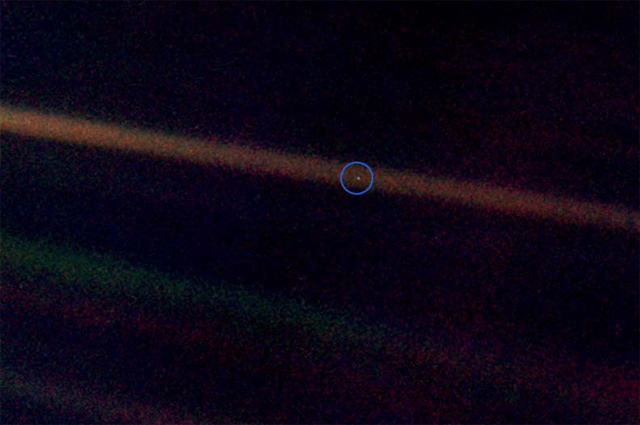Voyager 1 almost left the solar system

The Voyager 1 automatic probe has already entered a space where there is no solar wind pressure. From July 28 to August 14, 2012, the apparatus’s devices five times recorded jumps in the number of protons and helium nuclei with an energy of 1.9–2.7 MeV in the surrounding space, while the density of particles with other charges remained almost unchanged. This indicates a five-fold crossing of the heliosphere – heliopause border, and that this border is very clear.
For all the following months, astronomers closely watched the readings of Voyager instruments and continued the discussion whether Voyager 1 really entered the interstellar space or whether it entered a new, still unnamed zone between the heliosphere and interstellar space. It was decided to lean toward the second option. The area was called the "magnetic highway": it is a kind of shell of the solar system.
On March 20, an honorary professor of astronomy from the University of New Mexico, Bill Webber, officially announced that Voyager 1 still went beyond the limits of the Solar System, and this happened on August 25, 2012 at a distance of 121.7 AU from the sun. Since then, the radiation intensity of 1.9-2.7 MeV has decreased by 300-500 times.
Thus, Voyager 1 was the first human probe to climb that far. It continues to fly forward at a speed of 17 kilometers per second, accelerating due to several gravitational maneuvers.

A picture of the Earth taken by the Voyager-1 apparatus in 1990 from a distance of 6 billion km (40 AU)
PS The official NASA answer of March 20 says that Voyager-1 has not yet reached interstellar space, despite the lack of solar the wind. The last indicator of going beyond the limits of the solar system should be a change in the direction of the magnetic field, which has not yet happened.
